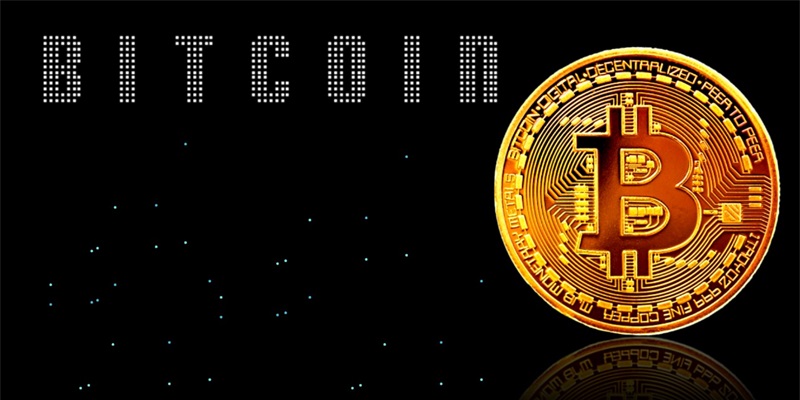Marathon Digital has boldly set its goal to increase its Bitcoin mining hashrate to 50 exahashes per second (EH/s) by 2024. This target, announced after the recent halving event that reduced mining rewards, represents a significant jump from their previously stated aim of 35-37 EH/s. As the halving cuts the reward for mining new blocks, one might wonder how Marathon plans to achieve such ambitious growth in hashing power.
Fred Thiel, the company’s CEO, has expressed that financial liquidity has positioned Marathon to pursue this expansion without seeking additional capital funding. Marathon’s strategy of self-funding stems from their belief in the profitability of their mining operations and the robustness of their business model, even in the face of reduced rewards due to the halving.
Strategic Acquisitions and Expansion
Key to achieving this new target is Marathon’s recent streak of strategic acquisitions. They recently purchased a 200-megawatt facility from Compute North for $87.3 million, alongside acquiring two sites from Generate Capital at a price of $179 million. These new facilities cumulatively contribute an additional 400 megawatts of mining capacity. This expansion demonstrates the company’s aggressive approach to scaling up operations and optimizing existing assets to bolster overall productivity.
The new facilities will play a crucial role in ramping up the company’s hashing power capabilities. With more than double the current operational capacity, Marathon will be well on its way to achieving the 50 EH/s goal. These acquisitions are not just physically expansive, but also technologically progressive, ensuring that Marathon maintains efficiency and competitiveness within the industry.
Market Dynamics and Adaptation
The rise in Marathon’s NASDAQ-listed stock post-halving by 25% is a clear indication of investor confidence in the company’s plans. The broader uptick experienced by the industry has been a welcome sight, although “hashprice” volatility remains a concern. Within a week after the halving, it experienced a decline, affected by temporary spikes linked to increased transaction fees and rising mining difficulty.
Despite these market dynamics, the emphasis on liquidity and self-funding should shield Marathon from the immediate impacts of the halving. Their focus on efficiency, aimed at reaching 21 joules per terahash, is set to position them favorably amidst mining competition. Marathon’s response to the halving and their proactive approach to scaling suggests they are setting a standard for resilience and strategic growth in the crypto mining sector.

